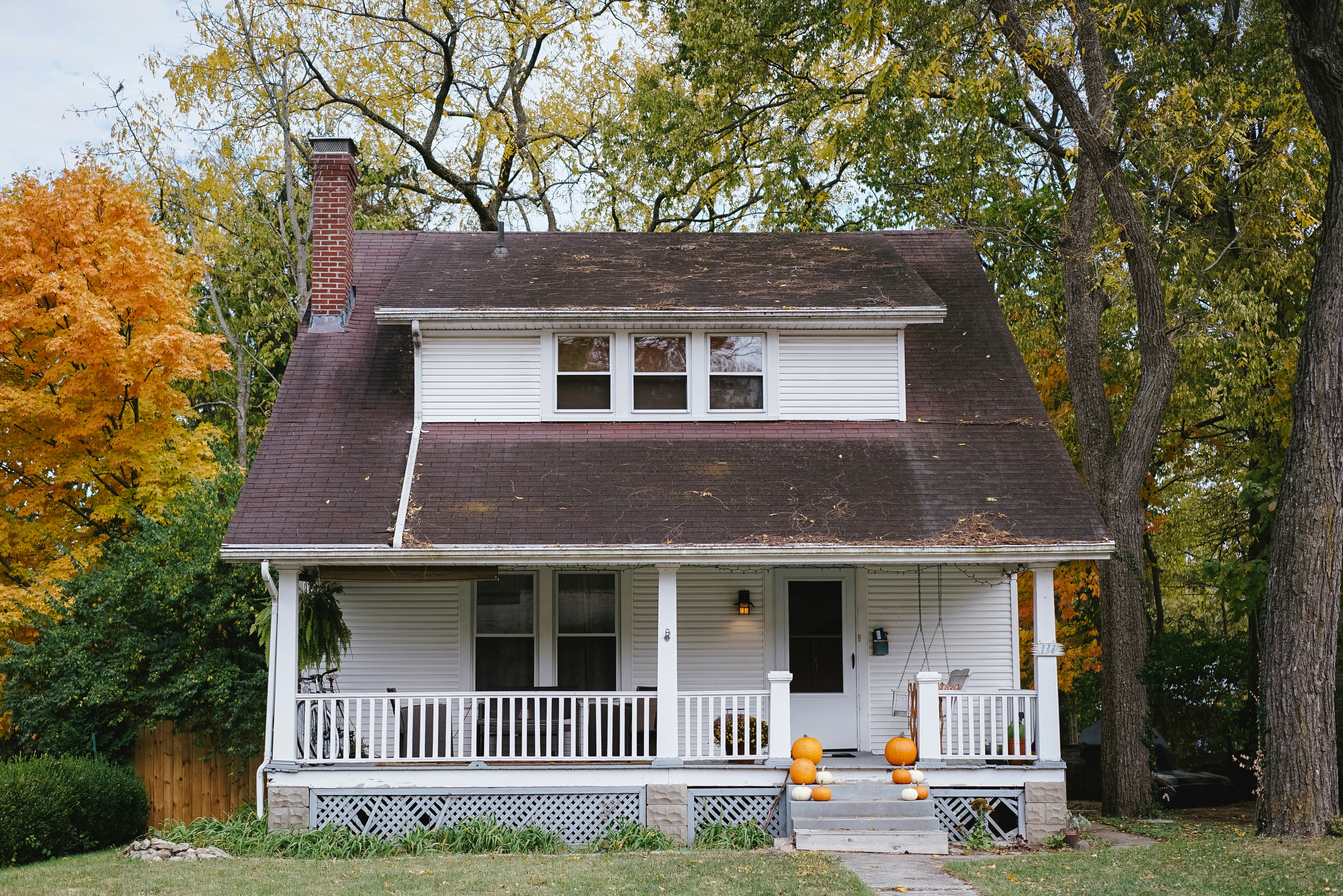The Hidden Potential of The Suburban Housing Market
American suburbia, quiet cul-de-sacs, and single-family homes were once the hallmark of the 'American Dream.' What will the future of suburban real estate look like?

The Changing Face of Suburbia
Suburbia’s history began in the late 1940s and early 1950s when the necessity for affordable housing grew, post World War II. Suburbs offered an escape from city living and were widely seen as a symbol of prosperity and family-centric values. For years, these sleepy communities remained a favorite among homebuyers.
Over the past decade, however, urbanization and the rise of luxury apartments in city centers seemed to signal a death knell for suburbia. But the onset of the COVID-19 pandemic in 2020 increased demand for suburban homes again, as remote work and the desire for more personal space prompted many to flee dense city centers.
How Demographic Shifts are Impacting the Suburban Real Estate Market
In recent years, two significant demographic groups, millennials and retiring baby boomers, have been influencing the suburban housing market.
Millennials, now the largest generation in the US, are beginning to buy homes. Unlike previous generations, they are favoring suburban homes over city-center apartments, primarily due to the affordability of suburban real estate and the opportunity to own green spaces – a luxury usually unaffordable in cities.
At the same time, as more and more baby boomers approach retirement, they are downsizing and moving to suburbs that offer access to amenities like healthcare and recreational facilities without the hassles of bustling city life.
A New Wave of Investment Opportunities
This newfound interest in suburban real estate has caught the attention of investors who see a great opportunity in purchasing property in these areas. The increase in demand, coupled with low-interest rates, has led to a surge in suburban home prices, which spells success for real estate investments.
Investors looking to diversify their portfolio might consider adding suburban properties—either to rent out, given the high rental demand, or to resell in the future when the property value increases.
The Way Forward: Benefits and Challenges
The advantages of investing in suburban real estate are numerous. Investors benefit from lower purchase prices compared to city real estate, potential for high rental income, and increased property value over time due to growing demand.
However, various challenges lie ahead. Experts warn of potential oversupply if the current trends towards urbanization picks up again. Further, changes in property taxes and the cost of property upkeep may reduce profits from rental income.
Closing Thoughts
The resurgence of the suburban real estate market represents a shift in living preferences and offers a unique and profitable investment opportunity. As with any investment, it’s critical to analyze all potential risks and rewards and keep an eye on developing trends in the market.
In a constantly evolving landscape, those who stay informed and adaptable will be best placed to make the most out of their real estate investments. As always, the central tenet of real estate investing applies: location, location, location!




